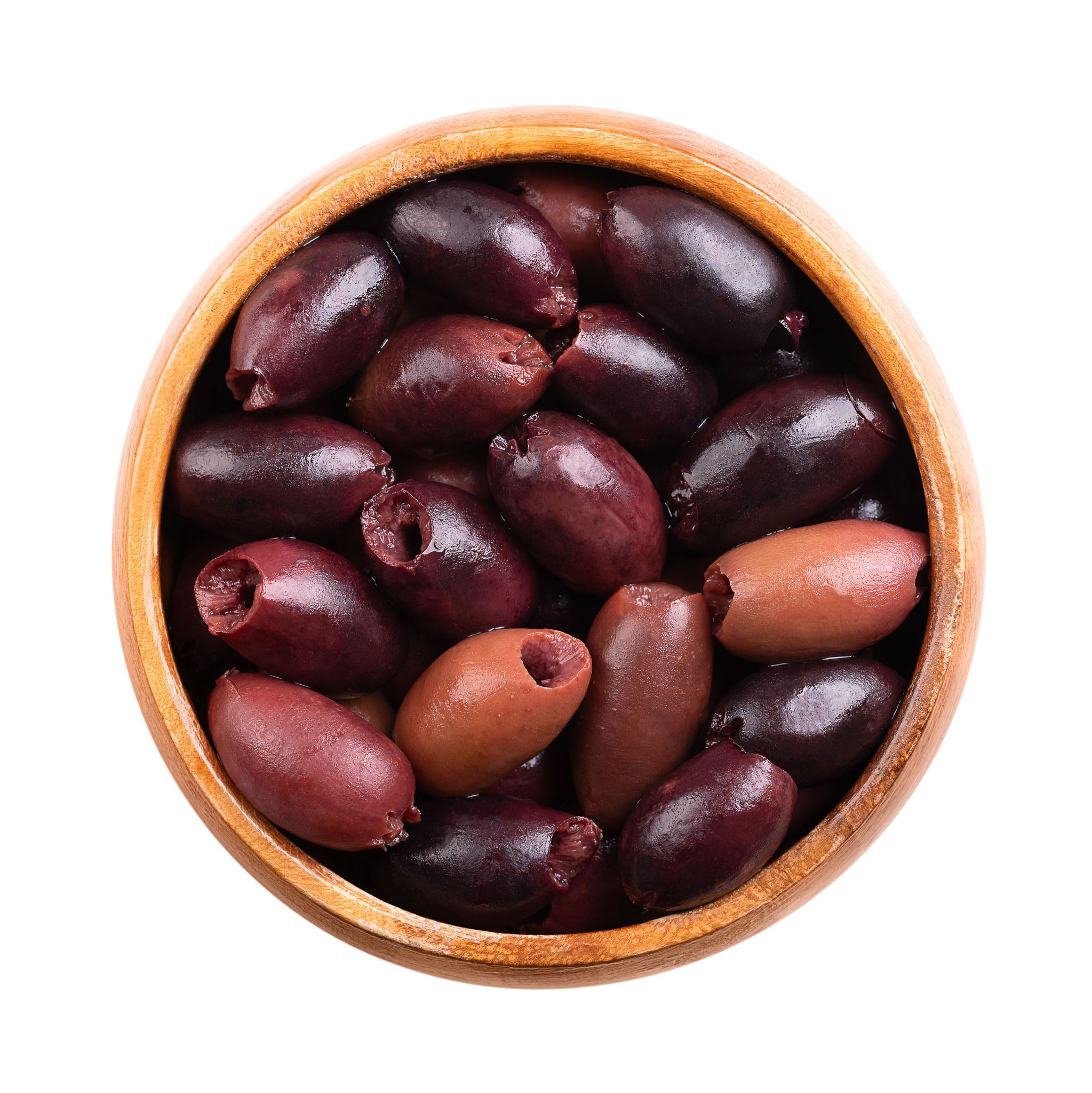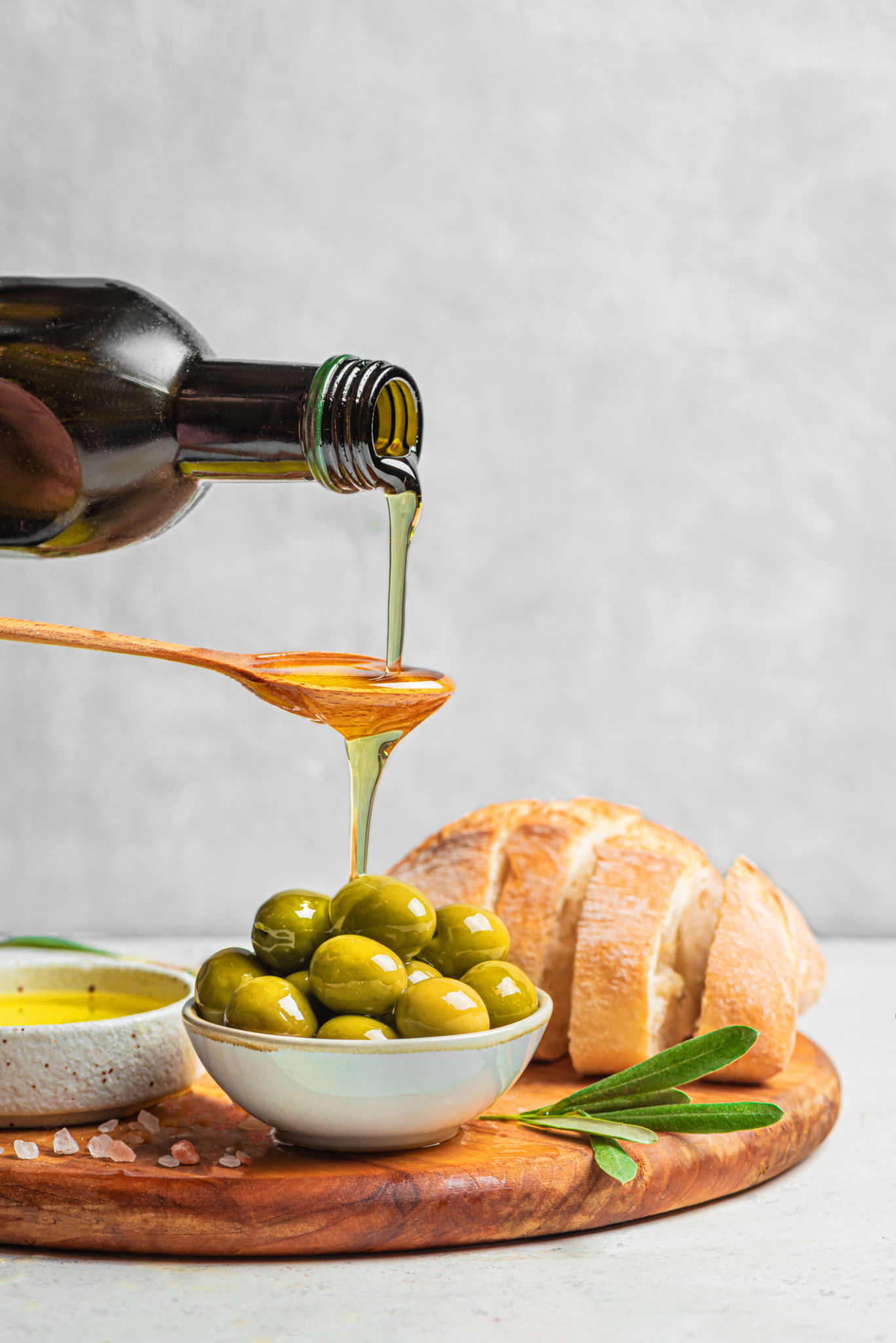Comparing Olive Varieties: Which is Best for Your Needs?
Understanding Olive Varieties
Olives are not just a staple in Mediterranean cuisine; they are also a diverse fruit with numerous varieties, each offering unique flavors and uses. Knowing the differences between these varieties can help you select the best type of olive for your culinary needs, whether for cooking, garnishing, or oil production.
The key to choosing the right olive lies in understanding the distinct characteristics of each variety. Factors such as taste, texture, and size can significantly influence your decision. Let's explore some of the most popular olive varieties and their ideal uses.

Popular Olive Varieties and Their Characteristics
Arbequina
The Arbequina olive is small and brownish in color, known for its mild, buttery flavor. It's particularly popular in producing olive oil due to its high oil content. This variety is perfect for those who enjoy a delicate taste in their oils and prefer a smooth texture.
Kalamata
Originating from Greece, Kalamata olives are dark purple and almond-shaped. They are renowned for their rich, fruity flavor with a slightly tangy finish. These olives are ideal for salads and tapenades, adding a burst of flavor to any dish.

Manzanilla
Manzanilla olives are among the most widely consumed table olives. They are small, green, and slightly bitter with a subtle nutty flavor. Often found in Spanish cuisine, these olives make an excellent snack and pair well with cheeses and cured meats.
Choosing the Right Olive for Your Needs
When selecting olives, consider what you are planning to do with them. Here are some general guidelines to help you pick the right variety:
- For snacking: Opt for Manzanilla or Castelvetrano olives, known for their mild flavors and easy-to-eat size.
- For salads: Use Kalamata olives to add a robust taste and visual appeal.
- For cooking: Choose Arbequina for its smooth olive oil or Gaeta for its versatility in Italian dishes.

Storing and Preserving Olives
Proper storage is crucial to maintain the freshness and flavor of your olives. Keep them in a cool, dry place if unopened. Once opened, store them in an airtight container in the refrigerator, submerged in brine or olive oil to prevent drying out.
If you purchase olives in bulk, consider preserving them by curing or fermenting at home. This not only extends their shelf life but also enhances their flavors over time.
The Health Benefits of Olives
Beyond their culinary uses, olives are packed with health benefits. They are rich in healthy monounsaturated fats, antioxidants, and vitamins. Regular consumption of olives or olive oil can contribute to improved heart health, reduced inflammation, and better overall wellness.
Incorporating a variety of olives into your diet can provide both nutritional benefits and a delightful taste experience. Whether you prefer them as a savory snack or as a flavorful ingredient in your favorite dishes, there's an olive variety suited to every taste and preference.